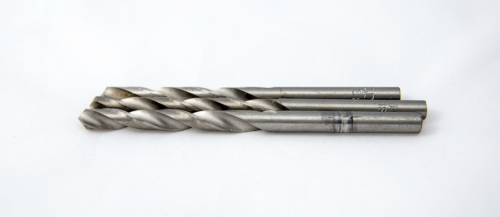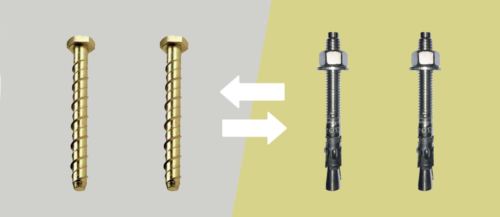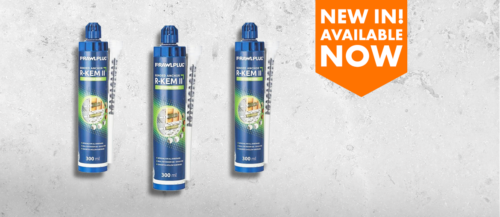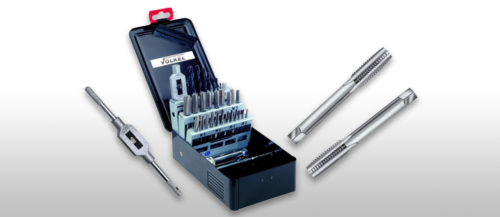This site uses cookies to help deliver its services and analyse traffic.
How to clean paintbrushes
When it comes to an urgent painting job, there is little worse than reaching for your trusted paintbrush and realising it resembles a rock-hard chisel rather than the lovely soft-bristled tool you remember buying. Usually caused by being in a hurry to finish on the previous occasion and not cleaning properly before putting it away, this paintbrush is unlikely to do anything other than ‘scrape’ the paint around the surface you are trying to paint.
Cleaning brushes is simple if you follow the golden rule of cleaning them as soon as you have finished. Definitely DON'T leave them to dry in the baking sun or on a windowsill for days. We're speaking from experience here.
There's more than one way to clean a brush
There are two distinct ways to clean paintbrushes. The correct option depends on what type of paint and varnish you have been using. For oil-based paints and varnish, such as a bright white gloss paint, this will need a solvent. Meanwhile, water-based paints such as emulsion only need water and a mild detergent.
If you have been using water-based paint such as emulsion, you'll need a slightly different approach. Soak your brush or roller in warm tap water for a couple of hours. Then dry it with a clean cloth and keep in a cool dry place for future use. Rollers can hold a lot of paint, so try and remove as much as possible before soaking. Perhaps roll it over a surface you are yet to paint until no more paint comes off.
If you have been using a solvent-based paint or varnish, again, a different approach is needed. Pour a small amount of solvent-based cleaner into a small glass jam jar or container. Then, rub the brush against the sides of the container to get the solvent into the base of the bristles. Soak the brush for a couple of hours. Then dry it with a clean cloth and store in a cool dry place for your next painting job.
Handle with care
It is important that you do not pour the cleaning solvents down the sink or drain. We wouldn't want to contaminate the world's water supply, would we? After you've cleaned your brushes, put a lid on the container and then leave it for a day or so. The paint will then settle to the bottom, and you can decant off the remaining solvent cleaner into the bottle to be used again. Now let the paint fully dry in the container before disposing of it in the bin. Try to use as small a jar or container as you can to keep the solvent use to a minimum.
Although we don’t sell paint thinner here at BS Fixings (most hardware shops will provide it), we do sell some products that can be used to help the cleaning process, including paint tray liners. These paint trays and liners have been specifically designed and engineered to be suitable for use with all paints/varnishes. Liners simply drop into paint trays, which can then be used as normal.
Dust sheets are ideal for protecting furniture and carpets when decorating, to avoid having floors to clean as well as paintbrushes. Perhaps a future blog post could be how to get paint out of that beautiful carpet that you did not cover before you started painting!
If you have any questions or would like to find out more about our products, you can contact a member of the BS Fixings team by clicking here.





